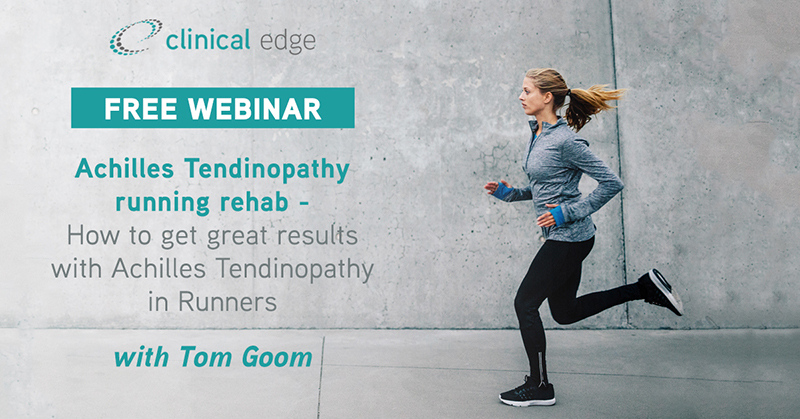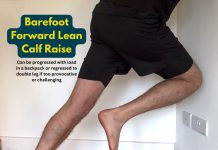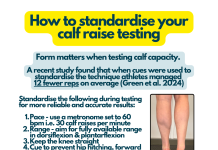Our articles are not designed to replace medical advice. If you have an injury we recommend seeing a qualified health professional. To book an appointment with Tom Goom (AKA ‘The Running Physio’) visit our clinic page. We offer both in-person assessments and online consultations.
Last week I made a brief video highlighting the expected timeline of treatment in tendinopathy and where we might consider other options. A few days later it’s had over 30,000 views!
I wanted to share it here too to make it easily accessible as many people asked where they could access it for patients. It’s a silent video designed so you can read it as it progresses. It mentions recent research papers – Challoumas et al. (2018), Challoumas et al. (2019) and Korakakis et al. (2018).
For more on tendon pain see our free achilles tendinopathy video series.
The key points from the timeline are;
- Appropriate investigations through imaging, blood tests etc should be considered at the start of the treatment process as part of confirming the diagnosis. Where imaging etc has not been utilised at this stage it should be reconsidered if symptoms are not changing after 6 to 12 weeks of appropriate treatment.
- Intrinsic factors should be considered in management such as age, hormonal change and past medical history as well as systemic causes on tendon pain such as spondyloarthropathy. For more on this see our article – Tendinopathy, screening and action points with TendonQ
- Allow at least 3 months with patient education, load management and progressive rehab
- Consider alternative conservative options if unsuccessful in this time period
- Complete at least a year of treatment including consistent, progressive rehab prior to considering surgery
- At present corticosteroid and PRP injections have been omitted from the timeline due to mixed results in the literature and the finding, in some studies (e.g. Bisset et al. 2006), that steroid injections may delay healing and be associated with high recurrence rates and poorer long term outcomes.










